Mattress Construction
July 2020Mattress tufting and bed tufts explained
Mattress tufts are a mattress detail found usually on high-end traditional mattress models. Tufts are essential and an indicator of a quality mattress so we thought we would provide you with some more detail on these unsung heroes!
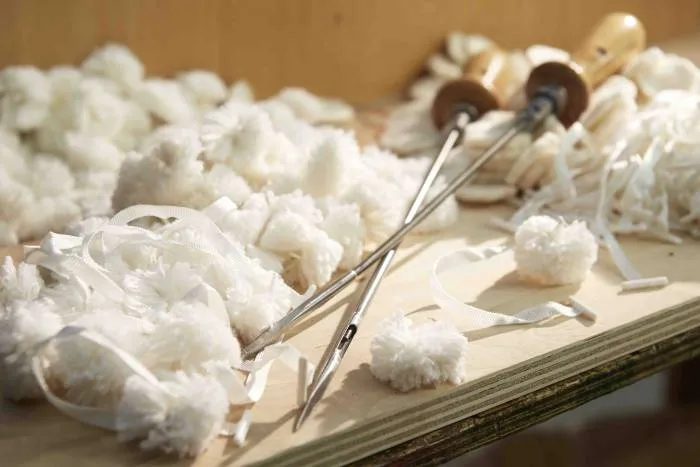
- What is mattress tufting?
- What would happen without mattress tufts?
- How are mattresses tufted?
- Are tufted mattresses better than other mattresses?
- No tuft mattresses
- What are the alternatives to mattress tufting?
What is mattress tufting?
Mattress tufting is a traditional method of ensuring that the upholstery layers within a mattress stay where they are meant to be. Tufting pulls together each upholstery layer through the spring unit and then binds it at each side, usually with a wool pom-pom. It ensures the mattress is uniform and gives a tufted feel to the surface with symmetrical undulations. It has been used since the very first pocket sprung mattresses were made to help align each layer of upholstery and ensure a uniform feel to the mattress.
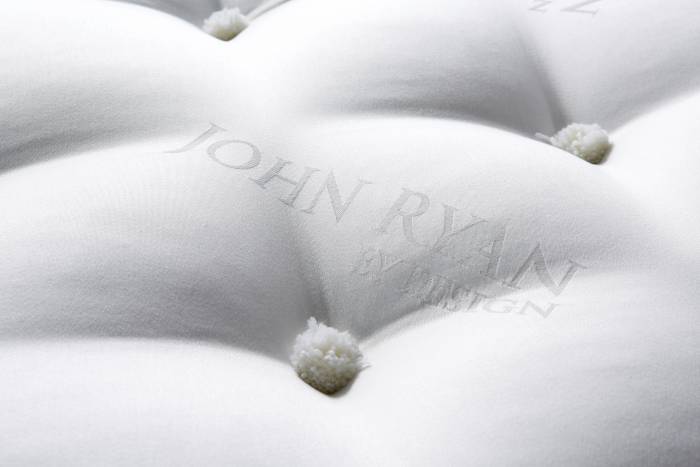
What would happen without mattress tufts?
Without mattress tufts, it would be almost impossible to ensure a uniform sleep surface in a mattress. If a mattress isn’t tufted then the upholstery layers would only be secured around the edges of the mattress. This would then lead to the contents moving and shifting over time as you wiggle about each night. You would end up with areas of high amounts of upholstery, and other areas that lay bare as your body pushes the contents in all directions. If you think of a feather duvet or pillow that requires a gentle shake each month to resettle the contents, an untufted mattress would be a bit like that. You would need to shake and jiggle the mattress to try and realign the fillings; an impossible task given its size!
How are mattresses tufted?
When a traditional mattress is made the fillings are layered up on top of whichever spring unit and insulator are present. At this point, the side panels have been either hand side stitched to the spring unit the best method, or machine stitched to the springs. You then usually start with the firmer layers moving up to the softer layers. You build these up to the desired GSM and feel for the mattress. Then the top cover is placed and stitched to the side panels. You then tuft the mattress.
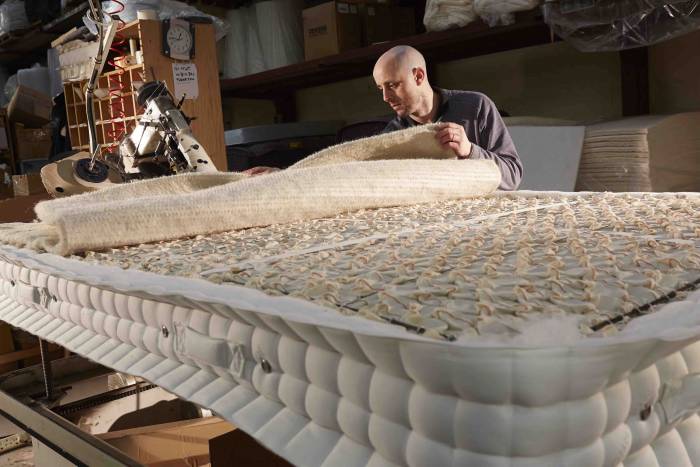
Once all the layers are in, the mattress is then compressed in a mattress compactor. It’s a pretty impressive piece of machinery watching it compress a mattress, and is essential for the construction of John Ryan By Design mattress. Due to the huge amounts of fibres contained within our mattresses, there’s no way a couple of mattress makers could hand compress all of those lovely fibres! Once in the compactor and compressed together the pom-pom tufts are then threaded through with a sharp tufting needle. They pop out the other side and the pom-pom stops the tufting ribbon from being pulled back through the mattress when it is out of the compactor.

Once fully tufted the compressor releases the mattress, it expands and then the tufts are pulled taught in the mattress giving those lovely undulations of comfort layers in your mattress. We use ribbon and Pom-pom tufts because they are the traditional premium method of tufting a mattress.
Are tufted mattresses better than non-tufted mattresses?
A tufted mattress does give you an indication of the quality of a mattress. Tufted mattresses indicate that the mattress model you are looking at is of a certain quality when compared to non-tufted mattresses. However, without knowing the exact breakdown of what’s inside the mattress and the mattress pocket spring count its just an indicator. This is why you should always ask each retailer for a detailed breakdown of the exact contents.

Tufted mattresses do help to indicate a mattresses quality as they show that it contains layers of fillings, rather than glued memory foam which does not require tufts. So a tufted mattress is a real indicator of the higher quality beds in a show room.
Tufting is a traditional method of keeping high GSM mattresses together and prevent fibres shifting
Quilted mattresses are the cheaper alternative and fillings will often settle far quicker
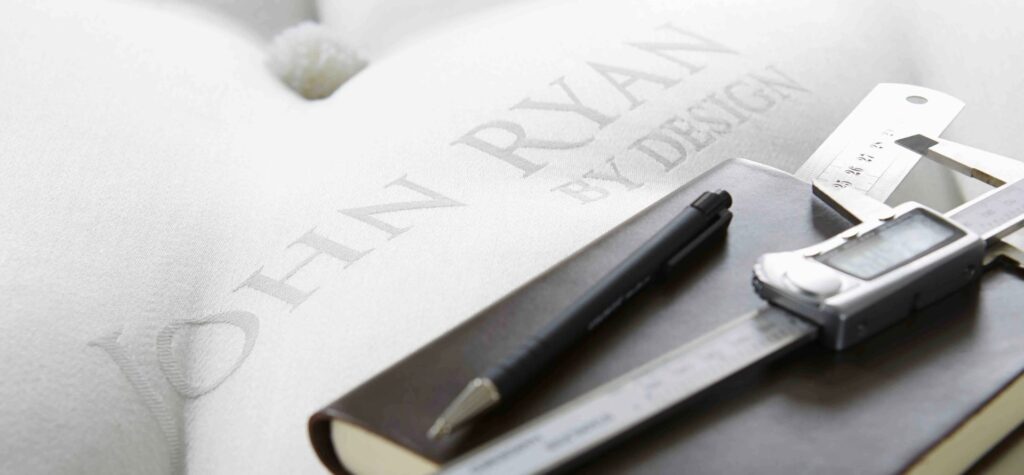
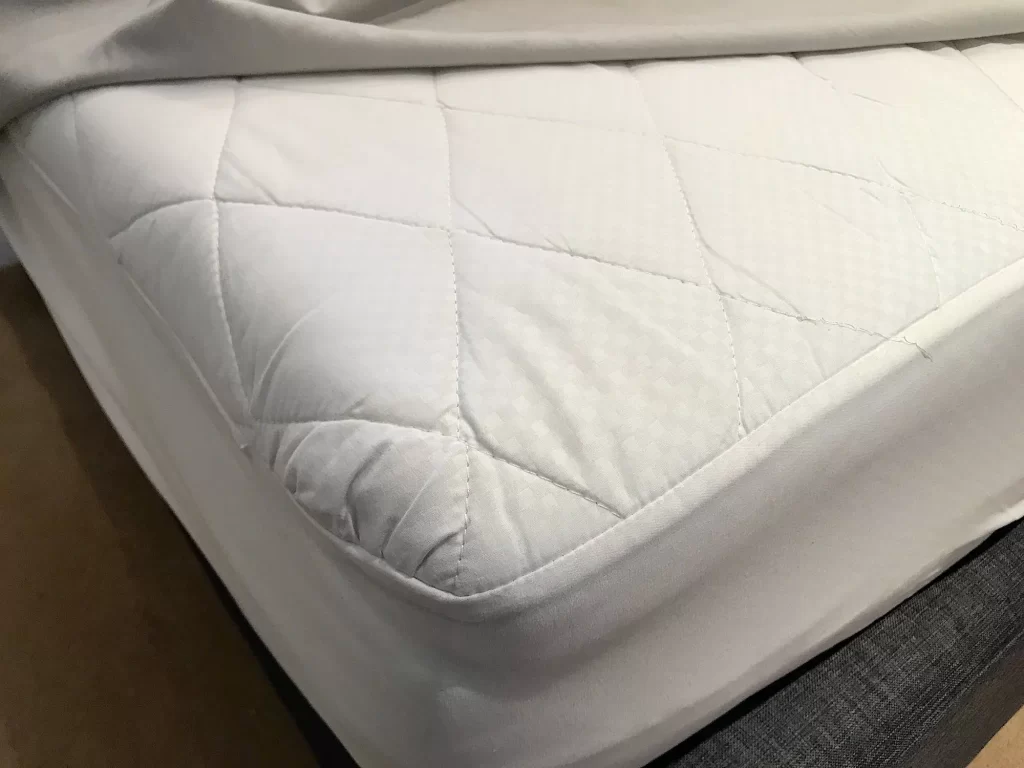
No Tuft Mattresses
Some people are sensitive to the feeling of mattress tufts. Even though a well-upholstered mattress should completely hide the feel of any mattress tufts some people prefer a non-tufted mattress.
Unfortunately, you’re not going to be able to find a natural fibre quality mattress without tufts as they are a vital part of the mattress construction method. Natural fibre mattresses without tufting settle very quickly leading to inconsistencies in the mattress upholstery layer.
Most untufted mattresses are going to be either foam or polyester-based and at the cheaper end of the mattress budget at around £500.
The exception is a Natural Latex mattress which doesn’t need tufting but is at the same quality level of higher-end models. Have a look at our Fusion 3 model to see the kind of specifications you should expect. This is an ideal model for sleepers who don’t want tufts in their mattress.
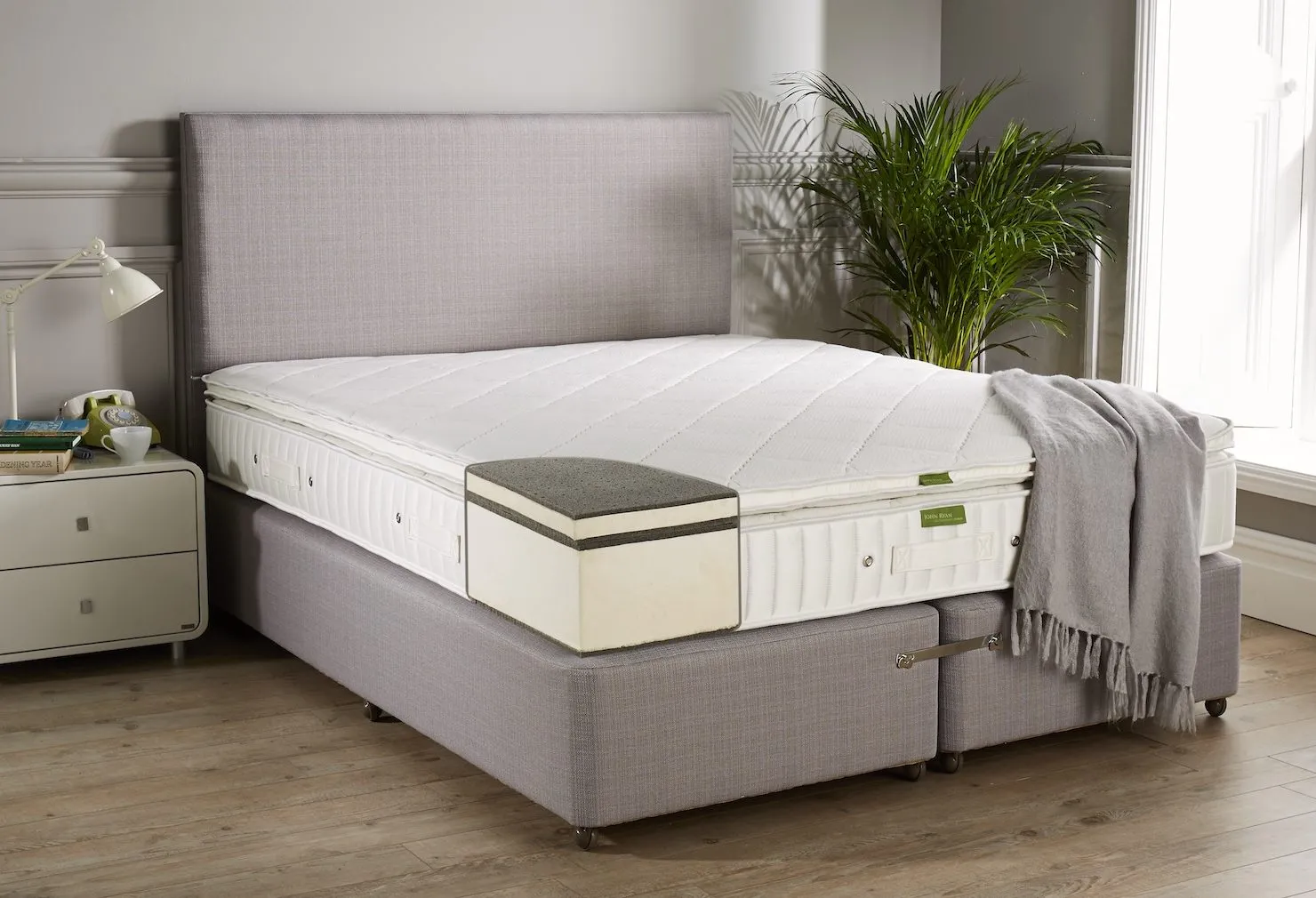
Alternatively, you could just as a deep mattress topper to a tufted mattress to remove the issues you may have with tufts.
What are the alternatives to mattress tufting?
With a high upholstery content in a natural fibre, pocket sprung mattress there really is no alternative to tufting. In synthetic materials, quilting can be an option if the layers are thin enough. This is because the materials are created in uniform layers that are bonded together usually with glues rather than natural fibres which are carefully needled together and then layered on top of each other without glue.
However, even with synthetic materials the more fibres you put in a mattress the chances are you are going to need to tuft them to keep them in place. Our Origins range are always tufted because of the sheer volume of upholstery that they contain. The Origins 1500 mattress contains 1550GSM of fillings. Far more than most models in this price range found in retailers. So tufting is essential.
The alternative to tufted mattresses is to look at solid Hybrid foam or 100% Natural Latex Mattresses which don’t require tufts to keep their layers in place. Layers of foam and polyester pads can be stitched through and quilted to the mattress cover which keeps them in place. This is why a number of foam mattresses have a quilted cover rather than tufts. Again it depends on the volume of foam and quality of the manufacturer. A quality Latex or Hybrid foam mattress should have a tape edged cover as shown below.
This is the traditional method of correctly finishing off a mattresses edges. They add support, much needed with heavier foams like latex, and give the mattress rigidity to turn and move them. It allows handles to be sewn into the damask border to ensure turning and lifting is easier than wrestling with just a basic zip on foam cover.
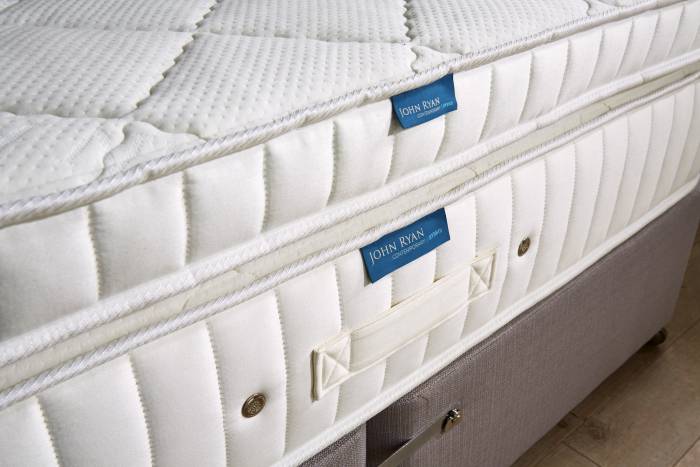
Latex mattresses, such as our Fusion 100% natural latex range don’t need tufting as they are one piece mattresses. This means that the latex core mattress is one solid piece of latex. The covers are quilted and tape edged for comfort and support but there is no need to tuft these. They are stitched in tightly around the latex which prevents any shifting or settlement. These are a great alternative for people who don’t like tufts.
Summary
Mattress tufting is a traditional and necessary manufacture detail that helps hold fillings in place. Without it, settlement in mattresses would become troublesome and soon enough you would end up with a potential lumpy bumpy sleeping surface. For the most part, people don’t feel mattress tufts, especially in heavily upholstered mattresses like John Ryan By Design. If you really don’t like tufts then latex foam mattresses are probably your best bet.
If you have further questions about mattress tufting then please get in touch with our friendly team for tailored advice.

Dreaming of the perfect nights sleep?

Ask us a question
There are over 6000 questions and answers submitted by you on all questions about mattresses and bed problems. Enter a keyword such as Vi Spring, John Lewis beds, bad back or Memory Foam and see if your question has already been answered.
If you can’t find an answer in knowledge hub, ask a new question. We aim to respond to all questions within one working day.
Newsletter
Enter your email to join our newsletter. We’ll send you occasional news and mattress expertise.
